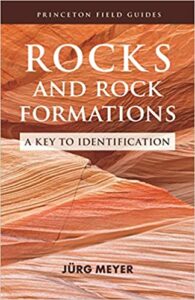There is much to be enjoyed in this engaging book by Roy Plotnick, in which he brings the modern practice of palaeontology – and palaeontologists themselves – vividly to life.


There is much to be enjoyed in this engaging book by Roy Plotnick, in which he brings the modern practice of palaeontology – and palaeontologists themselves – vividly to life.

Dean Lomax, sometime author of articles in Deposits magazine, is certainly making a name for himself, and has been now for many years. For instance, in January 2022, he was on television explaining about a remarkable find at Rutland Water Nature Reserve. And now he continues his admirable efforts for popularise his chosen academic subject – palaeontology – in this fascinating book about the fossilisation of behaviour.
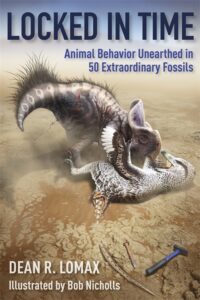
This book has something of an aspirational, rather than practical, feel to it. However, there is no doubt – in my mind anyway – that it is the best book on the geology of the Himalaya I have read. It is written with a nice light touch, with some humour. And it covers far more than just geology – where appropriate, it includes history, especially about the exploration of the subcontinent, and Asian culture.

Geologists’ Association Guide No 2 Compiled by Frank Moseley The Lake District is obviously a prime UK holiday hotspot and, each year, thousands of people visit to enjoy the walking and scenery. Equally obvious is the fact that these activities are possible as a direct…
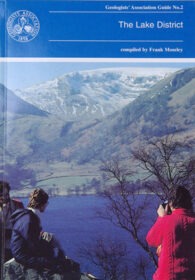
Mats Erikssön writes fascinatingly quirky articles combining his favourite genre of music and his profession – palaeontology and death (heavy) metal. I am certainly not an expert on the latter, but I do know that, to link the two, is always going to be a bold and humorous conceit.
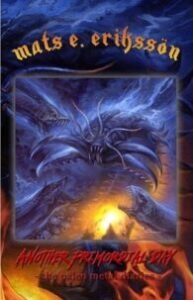
This is the much anticipated 4th edition of the GA’s Yorkshire Coast guide and it was well worth the wait. From personal experience, I was aware that the previous editions were extremely good for any geologist – professional, academic or amateur – who is attracted by the wonderful scenery and fascinating geology of this part of the UK coastline. However, this new edition is altogether an even better product.
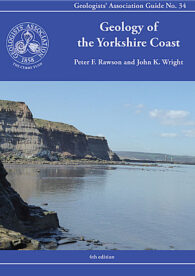
Andy Gale’s update of his guide to the Isle of Wight (this is the sixth edition) is an important change to an already excellent geological guide.

This is another of Dr David Penney’s (founder and owner of the excellent Siri Scientific Press, whose books I have frequently reviewed in this magazine) books on fossil spiders and insects. It is co-written with Dr James Jepson, whose research in Germany has involved studying fossil insects preserved in rock.
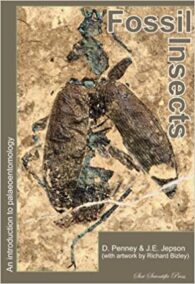
This is the second of a two-part series of monographs on spiders (and arachnids more generally) involving Dr David Penney (the first is Fossil Spiders: The evolutionary history of a mega-diverse order – Monograph Series Vol 1). This one is written with Jason Dunlop, who has described numerous new fossil species in a variety of arachnid groups, from scorpions to harvestmen, to mites and even some extinct groups.
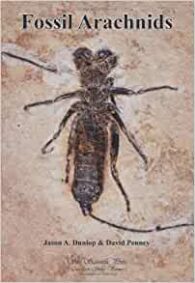
This is the first of a two-part series of monographs on spiders (and arachnids more generally) involving Dr David Penney and published by Siri Scientific Press – the other is reviewed at: Fossil Arachnids: Monograph Series Vol 2. This one is written with Dr Paul Selden, who has more than 30 years of researching, and teaching about, fossil arachnids.
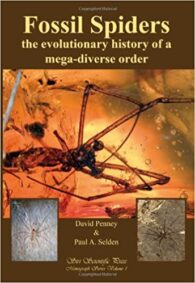
The ‘Bracklesham Beds’ are a series of predominantly soft silty sands and clayey silts laid down in a sub-tropical shallow marine environment around 46Ma. Fossils are readily eroded and can be found loose on the beach along with modern sea shells. The guide has simple maps to direct fossil hunters to the best areas for surface-picking and likely exposures when the beach sand has been removed.
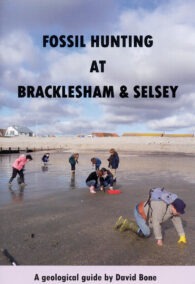
This GA guide was first published in 1995 and is a great example of the sort of guide that the association still produces – coverage of small(ish), but important areas, where the geology is both fascinating and important. This one contains general descriptions of the geology and geomorphology of this part of west Wales, with 19 separate itineraries, written by 11 experts in their fields.

This is clearly one for our German readers, of which I am glad to say there are many. However, this glossy and excellently produced hardback, covering the fossils of the Alpstein region of Switzerland, may have general appeal to anyone interested in the identification and study of fossils from various parts of the world, despite being written in German.
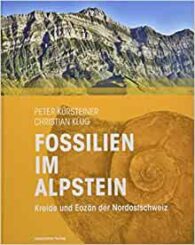
I have to admit, I was beginning to wonder where Prof Rory Mortimore’s update of his excellent Chalk of Sussex and Kent was. And now I know. It wasn’t a second edition he was working on, but this magnificent magnum opus in two volumes covering a vastly greater area than that other guide. And the wait was more than worthwhile. The thoroughness, writing quality, content and publication standards are superb.

Dr David Penney, founder and owner of the excellent Siri Scientific Presshas writen about Miocene spider inclusions in amber from deposits of the Dominican Republic. This is one of the many books on fossil spiders and insects that Siri Scientific Press publishes.
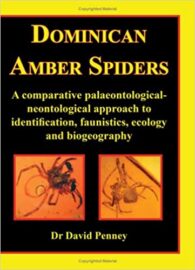
Growing up, I collected and purchased trilobite fossils for my own personal collection, to learn about and understand prehistoric life. They were to me, and still are, a fascinating group of fossils to examine and wonder about how the myriad of different forms evolved.
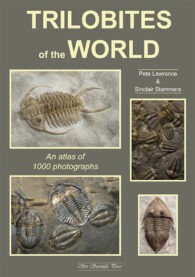
This is an interesting guide for someone like me who lives in the Southeast of England. In fact, I have commuted from London to Brighton by train, which took me through a cross-section of the Weald, which is the subject matter of this guide.
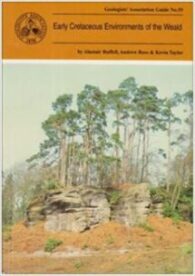
I’ve been waiting for a book like this for a very long time and am delighted that a publication of this quality has now arrived. New books covering British palaeontology are always welcome.
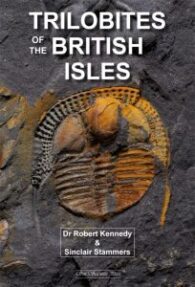
Professor Robert Diffendal Jr’s little guidebook to the Great Plains of the USA makes for a fascinating read for an Englishman like me, who has never been there (but wants to). He makes it plain that they rarely correspond to the impression most people have of them.
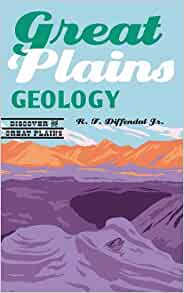
Fossil Hunting along the Jurassic Coast is presented by Dr Colin Dawes, a well-known, fossil hunting guide in the world-famous palaeontological site of Lyme Regis.
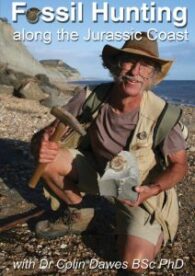
This is another of the GA’s short guides, being only 21 pages long and therefore easy to put in a cagoule pocket. Importantly, the five excursions described in the guide are centred on the city of Plymouth. Therefore, the logistics necessary to visit the itineraries should be relatively easy.

The Crowood Press are really developing a nice little series of books on the landscape and geology of select regions of the British Isles, and Tony Waltham’s addition to the series about the Peak District is well worth a read. This new one follows the same format as the others – beautiful, full colour photos and diagrams, a fascinating chapter on each of the important geological and geomorphological aspects of the area (including buildings and industry), and an author who knows his stuff and can write it down with an easy and authoritative style.
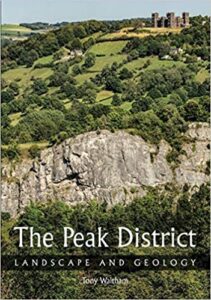
This GA guide is stated to be a “Geology Teaching Trail”. Well, it may be, but when I ambled along the trail with the guide in my hand, I certainly wasn’t in a teaching situation. Rather, I was out for a nice walk and a guide to explain what I was seeing. And it did just that and the classic Silurian/Ordovician unconformity you can see was just that. Classic!
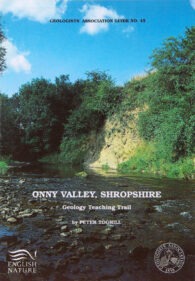
Shropshire is one of my favourite areas for both geology and fossil collecting. The Silurian of this beautiful area is fascinating and, if you can get permission to get into one of the commercial quarries (and you will need permission), then the results will be remarkable.
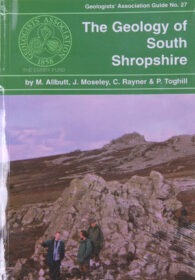
This is an ambitious little field guide, which aims to allow amateurs to identify basic rocks and rock formations, for the first time, in a systematic way., as it says: “… using only careful observation, a magnifying glass, a pocket knife – and a bit of patience”.
